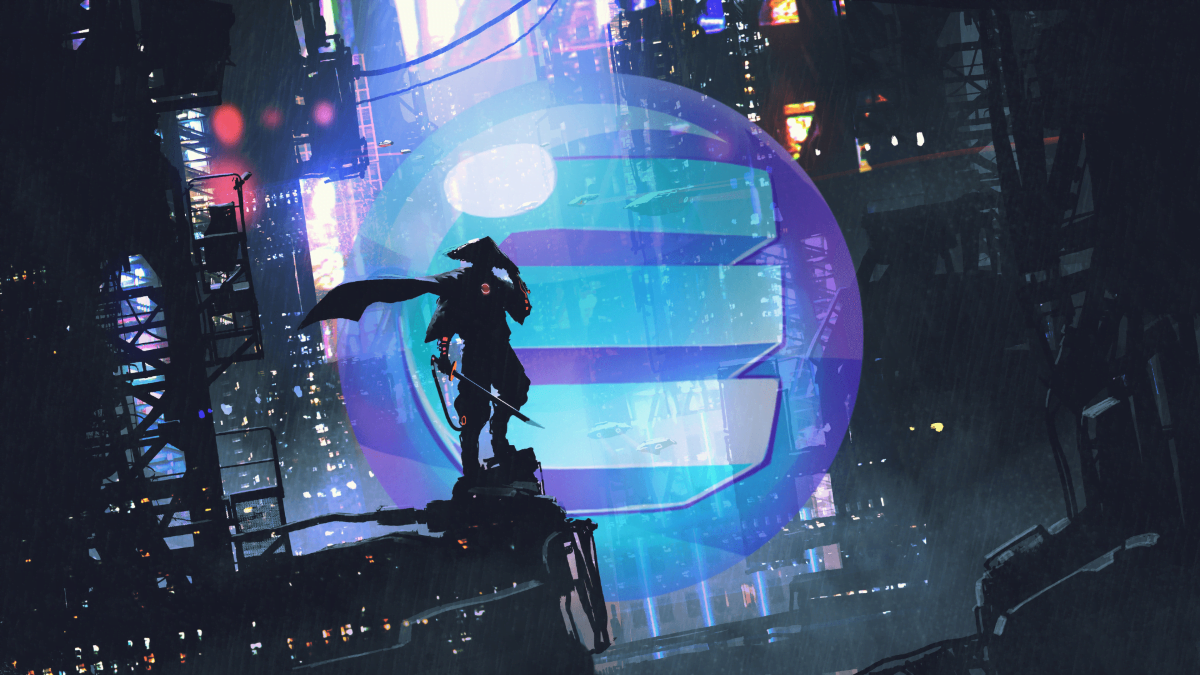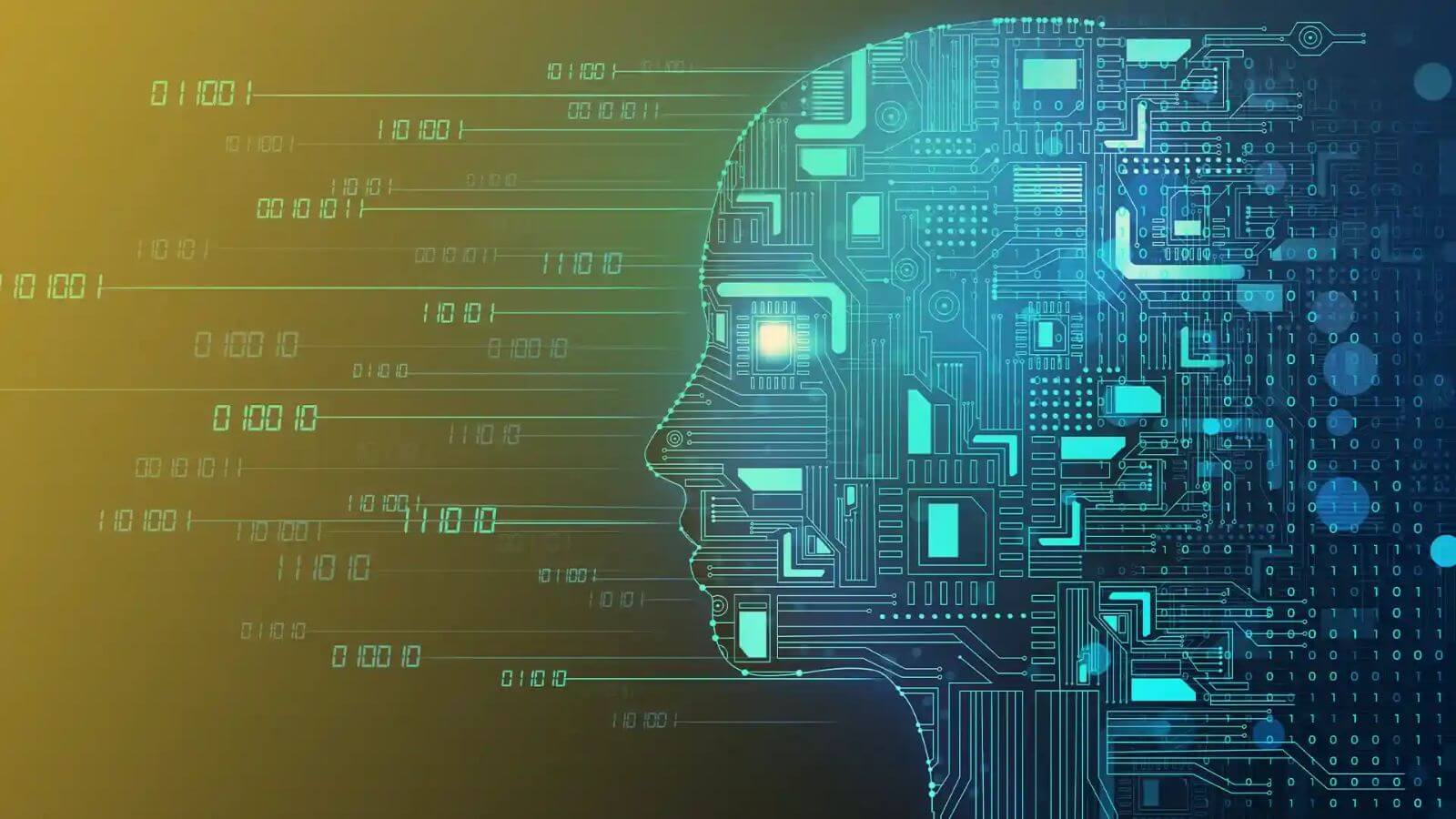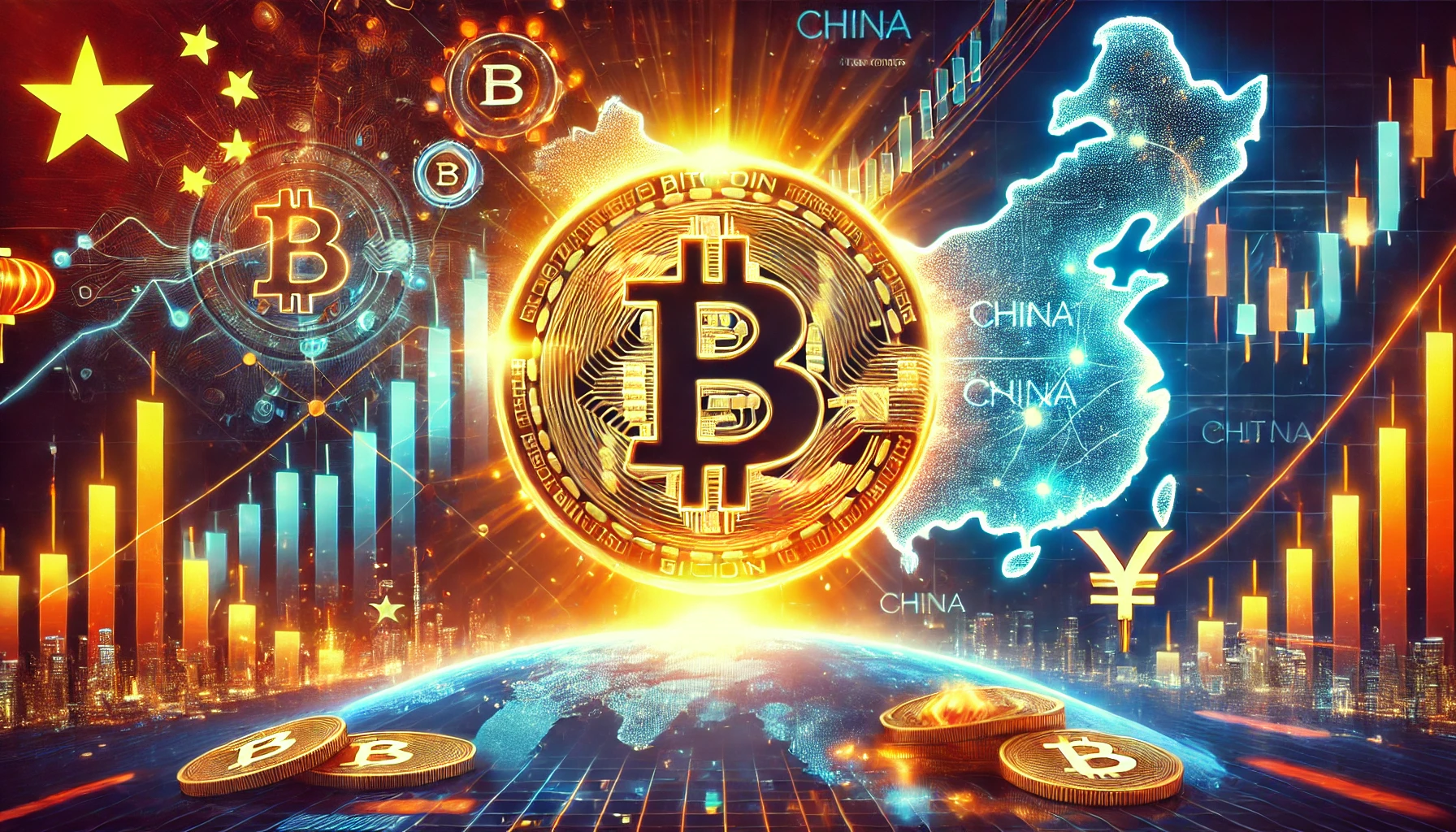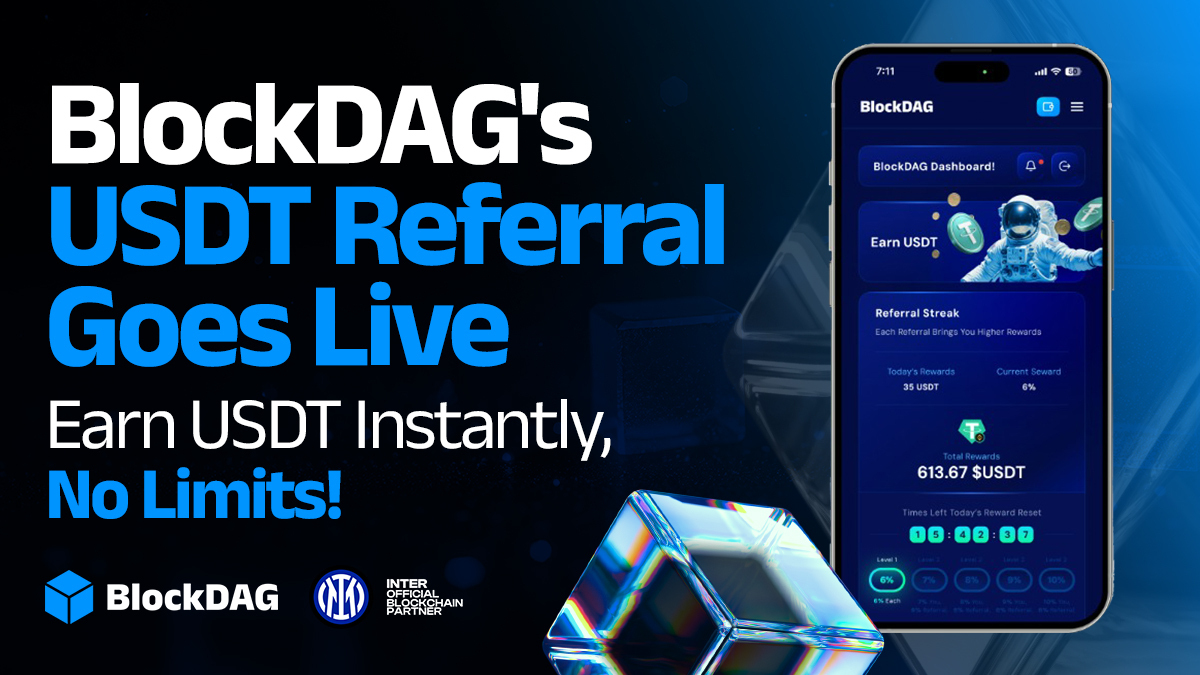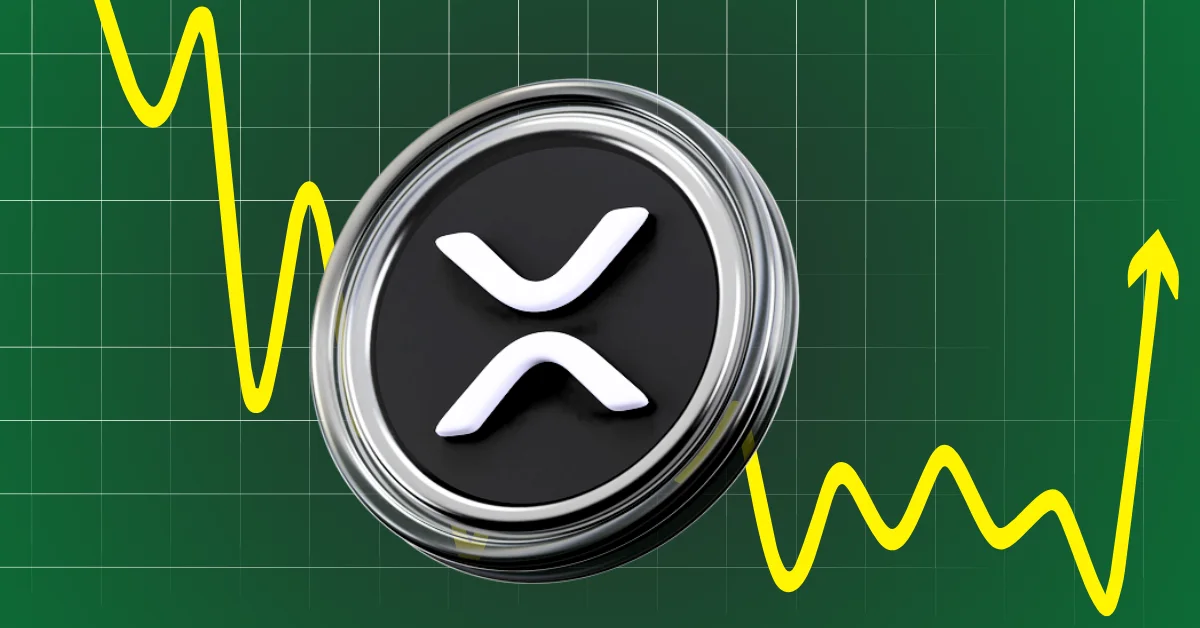Thanks to emerging technologies like virtual reality, cloud gaming, and artificial intelligence, the gaming industry has witnessed significant advancements in recent years. A leading pioneer in this realm is Enjin.io.
This platform aims to revolutionize the gaming industry by providing a seamless ecosystem for developers and gamers to interact and transact seamlessly with blockchain-based virtual assets.
In this article, we will explore the various components and features of Enjin.io, its impact on the gaming industry, and the platform’s future prospects.
Enjin Platform’s Core Components
At the heart of Enjin’s ecosystem is the Enjin Coin (ENJ), a digital cryptocurrency explicitly designed for the gaming industry. ENJ serves as the backbone for various in-game assets, allowing developers to create and manage virtual goods while providing gamers with a means to buy, sell, and trade these assets securely and transparently. The use of Enjin Coin ensures that both gamers and developers can enjoy a level of trust and ownership that was previously unattainable in the gaming world.
One of the key elements of the Enjin ecosystem is the Enjin Wallet, a secure, user-friendly digital wallet that supports multiple cryptocurrencies, including ENJ. The wallet enables users to manage their virtual assets and engage in transactions easily. It offers top-notch security features, such as two-factor authentication and hardware wallet integration, ensuring users’ funds remain safe and protected.
Another vital component of Enjin.io is the Enjin Marketplace, an online platform where gamers can trade and sell virtual goods. The marketplace provides a secure, transparent transaction environment, empowering gamers to monetize their in-game assets and developers to create new revenue streams. With blockchain technology underpinning the marketplace, users can trust that their transactions are legitimate and that they retain true ownership of their digital assets.
Enjin Beam is an innovative feature that adds another layer of functionality to the Enjin ecosystem. It enables the distribution of digital assets through QR codes, which can be scanned using the Enjin Wallet app. This unique method of asset distribution allows developers and content creators to engage with their audience in new and exciting ways, such as through promotional campaigns, events, or even real-world scavenger hunts.
Enjin’s Ecosystem and Developer Tools
To ensure that developers can easily integrate Enjin’s blockchain technology into their projects, the platform offers a variety of software development kits (SDKs). These SDKs cater to different programming languages and game engines, such as Unity, Java, Godot, and Unreal Engine. By providing these tools, Enjin empowers developers to create blockchain-based games and applications with minimal friction, enabling them to focus on crafting engaging experiences for their users.
One of the key aspects of Enjin’s blockchain integration is its utilization of the Ethereum network and the ERC-1155 token standard. ERC-1155 is a flexible and efficient token standard that allows developers to create both fungible (identical) and non-fungible (unique) digital assets. Enjin has also introduced JumpNet and Efinity, two scaling solutions that address the issues of scalability and energy efficiency, ensuring that the platform remains accessible, cost-effective, and environmentally friendly.

Use Cases and Success Stories
Enjin’s versatile platform has attracted numerous gaming projects that leverage its technology to create engaging, blockchain-based experiences.
The Six Dragons, for example, is an open-world role-playing game that uses Enjin’s blockchain integration to enable players to craft, enchant, and trade unique in-game items.
Lost Relics is another action-adventure game that employs Enjin’s technology to create a vast, ever-evolving world where players can discover, collect, and trade blockchain-based artifacts.
Age of Rust is a sci-fi adventure game that utilizes Enjin’s platform to offer players an immersive experience featuring puzzles, combat, and the ability to earn valuable in-game assets.
9Lives Arena, a player-versus-player (PvP) role-playing game, also harnesses Enjin’s technology to provide gamers with a unique experience, allowing them to train heroes, gather resources, and engage in intense battles with blockchain-powered rewards.
Enjin’s technology has not only found success in gaming projects but also in non-gaming applications and collaborations. Microsoft’s Azure Heroes, a developer engagement program, leverages Enjin’s platform to create and distribute digital badges as non-fungible tokens (NFTs) to recognize community members’ achievements and contributions.
Binance, one of the world’s largest cryptocurrency exchanges, has also partnered with Enjin to launch the Binance NFT Marketplace, which features a diverse range of digital art, collectibles, and other unique assets.

Future Prospects and Growth
Enjin’s ecosystem is poised for significant growth and expansion as the gaming industry embraces blockchain technology. With more developers integrating blockchain elements into their games, the demand for platforms like Enjin.io will increase, fostering new opportunities and innovations.
Additionally, as the metaverse concept gains traction, Enjin’s technology will play a crucial role in shaping the future of interconnected, immersive virtual worlds.
Enjin’s continued success relies on its ability to innovate and adapt to the evolving landscape of the gaming industry. By developing cutting-edge tools and solutions that empower developers and gamers alike, Enjin is well-positioned to lead the charge in revolutionizing how we interact with and experience digital entertainment.
Conclusion
In conclusion, Enjin.io has emerged as a driving force in the gaming industry, leveraging blockchain technology to create an ecosystem that fosters innovation, trust, and true digital ownership. With its suite of powerful tools and features, Enjin has enabled developers to create immersive, blockchain-based experiences that resonate with gamers around the world.
As the gaming industry continues to evolve and embrace new technologies, platforms like Enjin will play an increasingly important role in shaping the future of digital entertainment. With its ongoing commitment to innovation and collaboration, Enjin is well on its way to becoming an integral part of the gaming landscape for years to come.
Microsoft’s Azure Heroes program and Binance’s NFT Marketplace are examples of non-gaming projects and collaborations that utilize Enjin’s platform.
The Six Dragons, Lost Relics, Age of Rust, and 9Lives Arena are examples of gaming projects that leverage Enjin’s technology to create engaging, blockchain-based experiences.
Enjin offers SDKs for various programming languages and game engines, empowering developers to easily create blockchain-based games and applications with minimal friction.
ENJ enables developers to create and manage virtual goods, while providing gamers with a means to buy, sell, and trade assets in a secure and transparent manner.
Enjin utilizes the Ethereum network and the ERC-1155 token standard for creating both fungible and non-fungible digital assets, along with JumpNet and Efinity for scaling solutions.
As the gaming industry continues to embrace blockchain technology, Enjin’s ecosystem is poised for significant growth and expansion, playing a crucial role in shaping the future of interconnected, immersive virtual worlds.
Enjin Beam is a feature that enables the distribution of digital assets through QR codes, which can be scanned using the Enjin Wallet app for innovative promotional campaigns and events.
Enjin.io is a blockchain-based platform designed to revolutionize the gaming industry by providing an ecosystem for developers and gamers to interact and transact with virtual assets.
The Enjin Marketplace is an online platform where gamers can trade and sell their virtual goods, providing a secure, transparent environment for transactions.
The Enjin Wallet is a secure, user-friendly digital wallet that supports multiple cryptocurrencies, including ENJ, and allows users to manage their virtual assets with ease.
Credit: Source link


